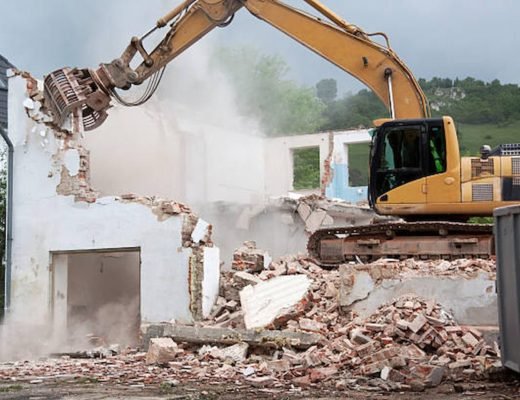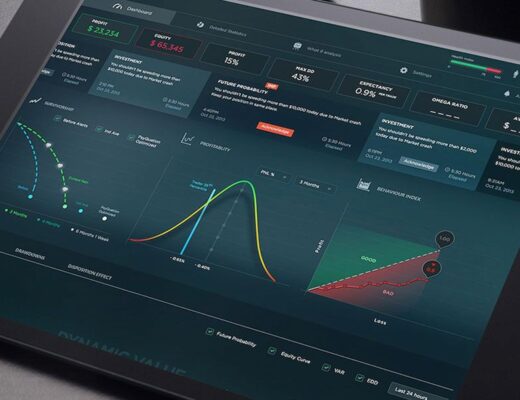When working at heights there is one overarching aim: safety. Regardless of the specifics of the job or the idiosyncrasies of the environment, it is always paramount that safety procedure is adhered to. Safety can be enhanced on-site in lots of different ways, through the training of employees in the use of the correct equipment. Equipment which is well tested and appropriate for the job in hand is obviously a primary aim. In the context of working at heights various equipment is used to dramatically reduce the risk of serious accidents, notably falls from heights. This equipment includes things like horizontal lifelines and guardrail systems.
A guardrail works on a relatively simple premise. They create an effective barrier around a roof-line therefore significantly reducing the potential risk of accidents happening. As long as these systems are appropriately used they can facilitate all kinds of different working at heights projects.
Modern guardrail systems are both durable and lightweight, constructed from materials such as galvanized steel. This material is ideal because it combines inherent durability with light weight, and so can be installed very easily. Of course the installation of guardrails itself has implications in terms of working at height safety.
Different kinds of guardrails can be adapted to different roof types, and adaptive modular systems can be used especially where roof-lines might be idiosyncratic. Because these modular systems are produced using modern methods and materials they are now favored by most contractors.



